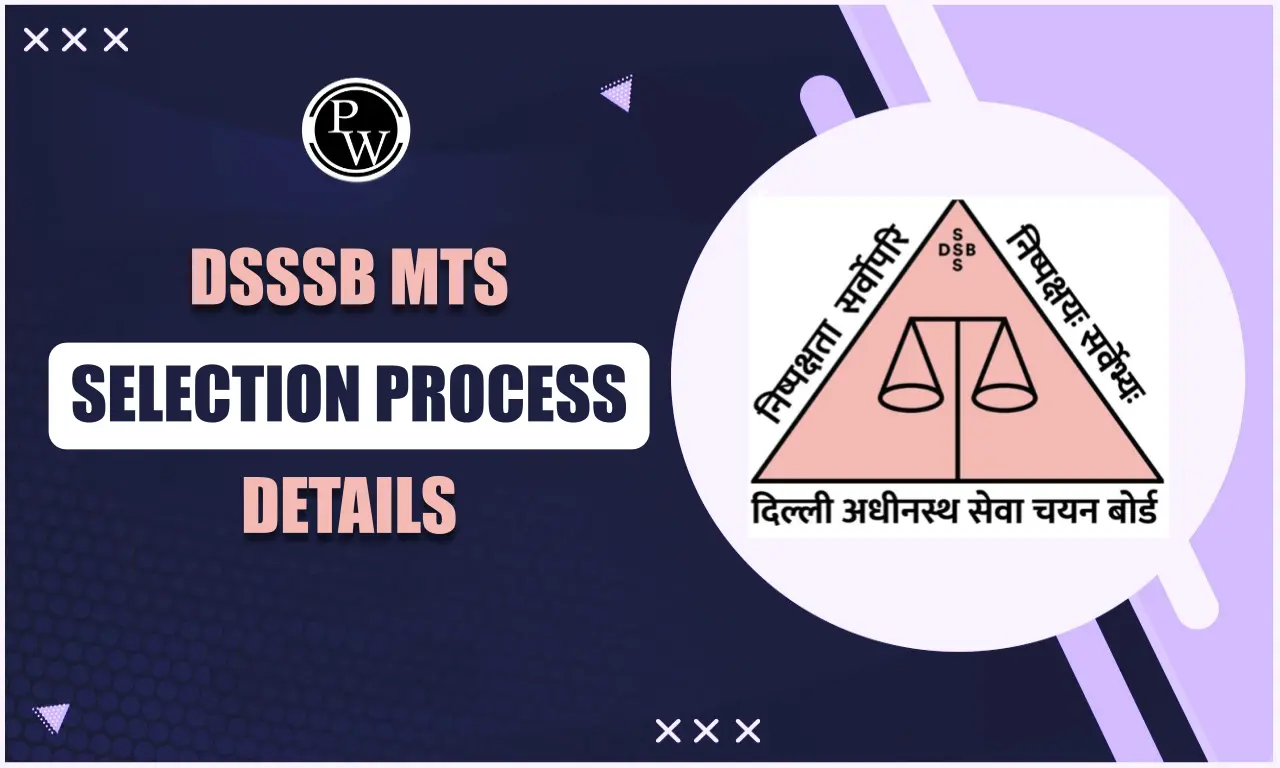
Earthquakes in India: Earthquakes are powerful natural disasters that cause significant harm to people and property worldwide every year. To address this, a committee for disaster management has put in place various safety measures to reduce the destructive consequences of these events. This article seeks to offer a complete understanding of Earthquakes in India, including Causes, Types, Zones, Impact, as well as clear Causes, Types, Zones, Impact and Precautions on how to react during and after an earthquake.
Earthquakes in India
An earthquake is when the ground shakes. It happens naturally because energy is released, creating waves that move in all directions. When an earthquake happens, the Earth vibrates, and we can see this on machines called seismographs. Every day, there are small earthquakes, but big ones that can cause lots of damage are not as common. These big earthquakes often occur near plate boundaries, especially where big pieces of the Earth's surface are crashing into each other. In India, a lot of earthquakes happen in the Himalayan region, where the Indian Plate and the Eurasian Plate meet. Most of Earthquakes in India are usually stable, but sometimes, we can feel earthquakes on the edges of smaller plates. For example, there were Earthquakes in India in the peninsular areas in 1967 and 1993. Indian scientists divided India into four earthquake risk zones: Zone II, Zone III, Zone IV, and Zone V. In Zone V and IV, you can find the entire Himalayan region, as well as states in North-East India, Western and Northern Punjab, Haryana, Uttar Pradesh, Delhi, and parts of Gujarat. Much of the central peninsular region is in a low-risk zone, while the northern lowlands and the western coastal regions have a moderate earthquake risk.Causes of Earthquakes in India
Usually Earthquakes in India are caused due to 3 major reasons which are elaborated below:- Avalanches and Landslides:
- Floods:
- Tsunamis:
Types of Earthquakes in India
There are several kinds of earthquakes that can be seen:- Tectonic Earthquakes
- Volcanic Earthquake
- Collapse Earthquake
- Explosion Earthquakes
Zones of Earthquakes
India has different earthquake zones. These zones help us understand how strong earthquakes can be in different parts of the country. This division is done using the Modified Mercalli (MM) intensity scale, which measures the impact of earthquakes, merging the low danger zone, or Seismic Zone I, with Seismic Zone II. Zone I is therefore excluded from the mapping.- Zone II:
- Zone III:
- Zone IV:
- Zone V:
Impact of Earthquakes in India
- Impact on People and Buildings
- Rivers Changing Course
- Mud and Hot Water
- Fire Dangers
Earthquakes in India List
India has experienced some powerful earthquakes in its history. Over 58.6% of the country is prone to earthquakes of varying intensities. Here are some of the major earthquakes that have occurred in India:- The Katch Earthquake in 1819 had a magnitude of 8.3.
- In 1897, Assam experienced a significant earthquake.
- The Bihar-Nepal Earthquake in 1934 registered a magnitude of 8.4.
- The Koyna Earthquake of 1967 had a magnitude of 6.5.
- In 1991, Uttarkashi experienced an earthquake with a magnitude of 6.6.
- The Killari Earthquake in 1993 had a magnitude of 6.4.
- Bhuj experienced a powerful earthquake in 2001 with a magnitude of 7.7.
- In 2005, Jammu and Kashmir also faced a significant earthquake.
Earthquakes in India Year Wise List
In the past century, several major earthquakes have struck the Indian subcontinent, including India and Nepal. Let's take a look at some of the most significant ones.| Earthquakes in India Year Wise List | |
| 2015 | India/Nepal Earthquake |
| 2011 | Sikkim Earthquake |
| 2005 | Kashmir Earthquake |
| 2004 | Indian Ocean Earthquake |
| 2001 | Bhuj Earthquake |
| 1999 | Chamoli Earthquake |
| 1997 | Jabalpur Earthquake |
| 1993 | Latur Earthquake |
| 1991 | Uttarkashi Earthquake |
| 1941 | Andaman Islands Earthquake |
| 1975 | Kinnaur Earthquake |
| 1967 | Koynanagar Earthquake |
| 1956 | Anjar Earthquake |
| 1934 | Bihar/Nepal Earthquake |
| 1905 | Kangra Earthquake |
Biggest Earthquakes in India
The Bhuj earthquake in 2001 was a tragic event that happened on January 26th near the border of India and Pakistan, in the state of Gujarat. It was the most powerful earthquake ever recorded in India, registering 8.6 on the Richter scale. Another significant earthquake hit the India-China region on August 15, 1950, with a magnitude of 8.6 as well. The Bhuj earthquake resulted in the loss of 1530 lives due to the movement of tectonic plates deep within the Earth's surface, about 30 kilometers below.Precautions of Earthquakes in India
Precautions of Earthquakes in India are crucial because they can greatly help when a disaster happens. Here are some important actions to do before, during and after an earthquake occurs:Before the Earthquake
Use Flexible Gas Connections: To stay safe, make sure that gas pipes and appliances are correctly installed with flexible connections. This helps to avoid gas leaks and reduce the risk of fires when an earthquake happens. Plan for Earthquakes: Create a smart plan to be ready for earthquakes. Find a safe spot in your home where you can go during an earthquake. Stock up on important things like canned food, a good first aid kit, enough water, dust masks, safety goggles, firefighting gear, a flashlight, and a working radio with batteries. These things will be very useful if an earthquake occurs. Get Advice from Experts: It's really important to build strong and safe buildings, especially if you live in an area where earthquakes can happen. Before you start building, talk to architects and structural engineers. They can help you follow the rules from the people who manage disaster situations, and make sure your building is strong and safe. Spread the Word: Tell your friends and family about earthquake safety. When you teach the people around you about this, you're helping to make your community safer.During the Earthquake
When an earthquake happens, being quick on your feet and making the right choices can save lives. Here are some important tips to keep in mind: Stay Inside: Don't rush to go outside when the ground is shaking. Wait until it's officially declared safe. While you're indoors, try to take cover under a strong table or bed to protect yourself from falling things. Avoid Dangerous Places: Stay away from things like bookshelves, heavy furniture, and appliances that could fall over during the earthquake. Your safety is the most important thing. Find a Safe Spot: If you're inside, look for a strong piece of furniture like a table or bed to take cover under. Hold on to something sturdy, like a post, to stay steady and reduce the risk of getting hurt. If You're Outside, Get to an Open Area: If you happen to be outside when the earthquake happens, try to find a clear spot that's far from buildings, trees, and power lines. These things can be really dangerous during an earthquake.After the Earthquake
After the earthquake ends, it's crucial to be cautious and take these steps: Provide First Aid Help people with minor injuries using first aid kits. For those with severe injuries, wait for professional medical assistance and avoid moving them until it's safe. CPR and Rescue Breathing If someone isn't breathing, do rescue breathing. If the person has no pulse, perform CPR (cardiopulmonary resuscitation) until medical help arrives. Be Aware of Dangers Look out for falling shelves and objects, and be careful around damaged walls made of bricks or unstable materials. Your safety comes first. Check Gas and Electricity Check for gas leaks and turn off the main power switch if there's a risk of damage. Unplug broken appliances until they can be properly fixed. Stay Away from Power Lines Keep a safe distance from fallen power lines and anything touching them. Electricity is dangerous, so be careful.Monitoring Departments of Earthquakes in India
The Indian government gets reports about earthquakes and their dangers from a part of the Ministry of Earth Sciences. This department has three sections: one for watching the earth's movements, another for assessing earthquake risks, and the last for monitoring and providing services related to earthquakes.- National Earthquake Risk Mitigation Project (NERMP):
- National Building Code (NBC)
- Building Materials & Technology Promotion Council (BMTPC)
| Other Related Links | |
| Tiger Reserves in India | National Parks in India |
| Biosphere Reserves in India | Elephant Reserves in India |
Earthquakes in India FAQs
Q1. What are the 5 largest earthquakes ever recorded in India?
• 1993 Latur Earthquake
• 1991 Uttarkashi Earthquake
• 1941 Andaman Islands Earthquake
• 1975 Kinnaur Earthquake
• 1967 Koynanagar Earthquake.
Q2. Which is the biggest earthquake in India?
The devastating Bhuj earthquake of 2001 took place on January 26, 2001, in the Indian state of Gujarat, close to the Pakistani border.
Q3. Which city in India is most prone to earthquake?
• Guwahati
• Srinagar
• Mumbai
• Pune
• Kerala
• Delhi
• Chennai
• Kochi
• Thiruvananthapuram
• Patna.
🔥 Trending Blogs
Talk to a counsellorHave doubts? Our support team will be happy to assist you!

Check out these Related Articles
Free Learning Resources
PW Books
Notes (Class 10-12)
PW Study Materials
Notes (Class 6-9)
Ncert Solutions
Govt Exams
Class 6th to 12th Online Courses
Govt Job Exams Courses
UPSC Coaching
Defence Exam Coaching
Gate Exam Coaching
Other Exams
Know about Physics Wallah
Physics Wallah is an Indian edtech platform that provides accessible & comprehensive learning experiences to students from Class 6th to postgraduate level. We also provide extensive NCERT solutions, sample paper, NEET, JEE Mains, BITSAT previous year papers & more such resources to students. Physics Wallah also caters to over 3.5 million registered students and over 78 lakh+ Youtube subscribers with 4.8 rating on its app.
We Stand Out because
We provide students with intensive courses with India’s qualified & experienced faculties & mentors. PW strives to make the learning experience comprehensive and accessible for students of all sections of society. We believe in empowering every single student who couldn't dream of a good career in engineering and medical field earlier.
Our Key Focus Areas
Physics Wallah's main focus is to make the learning experience as economical as possible for all students. With our affordable courses like Lakshya, Udaan and Arjuna and many others, we have been able to provide a platform for lakhs of aspirants. From providing Chemistry, Maths, Physics formula to giving e-books of eminent authors like RD Sharma, RS Aggarwal and Lakhmir Singh, PW focuses on every single student's need for preparation.
What Makes Us Different
Physics Wallah strives to develop a comprehensive pedagogical structure for students, where they get a state-of-the-art learning experience with study material and resources. Apart from catering students preparing for JEE Mains and NEET, PW also provides study material for each state board like Uttar Pradesh, Bihar, and others
Copyright © 2025 Physicswallah Limited All rights reserved.
Get App









